
Public ceremonies often reflect national pride, but the U.S. Army’s 250th anniversary became a focal point for heated reactions, with decisions surrounding the event sparking widespread debate. Behind the uniforms and pageantry, tensions quietly unfolded. Keep reading to know what made this anniversary a political edge.
Parade Date Sparks Controversy

The parade’s date of June 14, a coincidence of the Army’s founding and President Trump’s birthday, immediately ignited claims of political motivation. Lawmakers criticized this overlap and suggested it blurred military tradition and political lines. While the Army insisted the date honored its anniversary, public confusion mounted as explanations for the event’s timing shifted.
Parade Costs Under Scrutiny
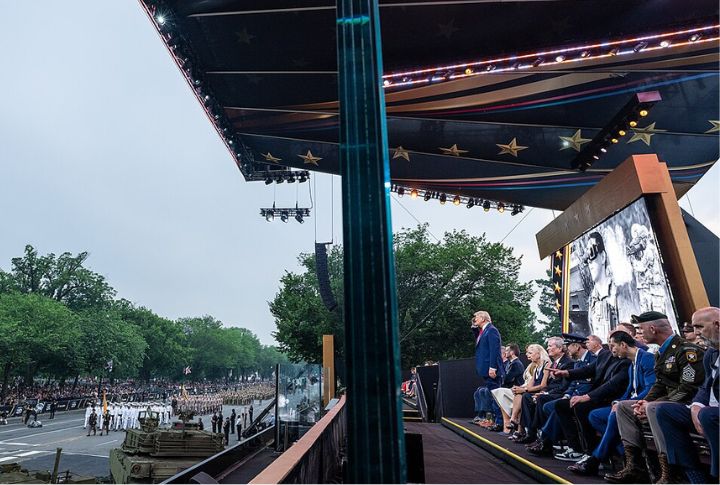
An estimated $25 to $45 million expenditure for the parade sparked considerable taxpayer concern. Critics quickly labeled it a political spectacle rather than a military necessity, especially given that the budget included road repairs to accommodate tanks. The significant financial outlay for the controversial event ignited widespread public outcry.
Echoes Of Authoritarian Displays
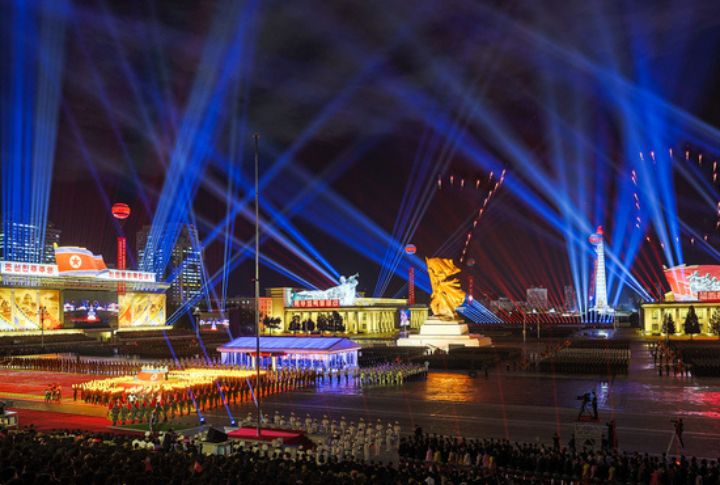
The sight of tanks and military flyovers drew comparisons to parades in countries like Russia and North Korea. Such grand military displays are indeed uncommon for U.S. peacetime celebrations. Despite the inclusion of historic uniforms and horses, the spectacle raised valid questions regarding its appropriateness within a democratic society, prompting diverse opinions.
Upholding Military Neutrality

The event’s undeniable political overtones instantly fueled a debate concerning military neutrality. Military regulations strictly mandate avoiding political involvement, yet the parade appeared to contravene this principle. This grand display exacerbated concerns about the military’s public image and its perceived entanglement in political matters, thereby challenging its impartial stance.
“No Kings” Protest Emerges

“No Kings” became the powerful chant of protesters, who vocally accused the event of glorifying a specific political figure. This dissent quickly gained national attention, which in turn necessitated increased security measures. The demonstrations starkly highlighted deep societal divisions, ultimately turning the parade into a significant focal point for public disagreement and a vivid display of ideological clashes.
Lawmakers Condemn “Vanity Project”
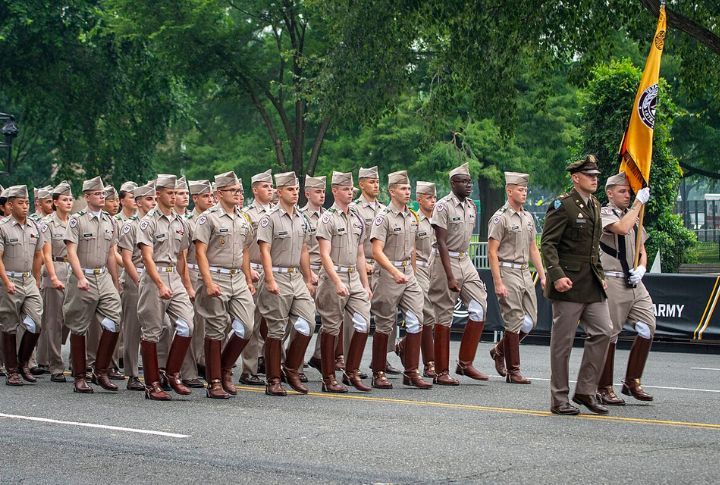
Several senators vocally condemned the parade, explicitly labeling it a “vanity project” and a gross misuse of valuable resources. They sharply contrasted its extravagant cost with concurrent cuts to veterans’ benefits, questioning why only the Army received such an honor. This pointed criticism highlighted a perceived disconnect between military display and essential veteran support.
Army’s Evolving Narrative
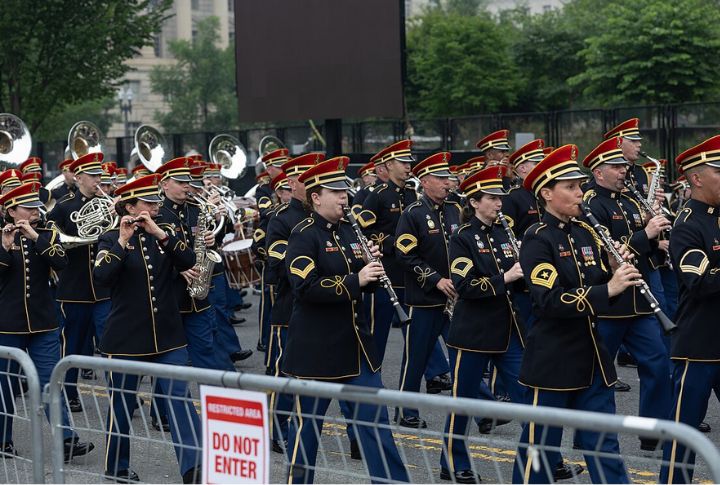
The Army’s explanations regarding the parade’s purpose and timing shifted repeatedly, creating widespread public confusion and fostering distrust. Media scrutiny further amplified the controversy surrounding these inconsistencies. This evolving narrative ultimately undermined public confidence in the institution’s transparency and decision-making processes, leading to considerable skepticism.
Safety Concerns With Military Hardware

Bringing tanks and heavy artillery into a major city raised significant safety concerns, particularly regarding potential damage to urban infrastructure. Officials meticulously planned for extensive road repairs and implemented strict safety protocols. The logistical challenges stemming from this unprecedented peacetime event were immense. They required careful coordination and preparation to mitigate risks.
Veterans’ Groups Voice Disapproval
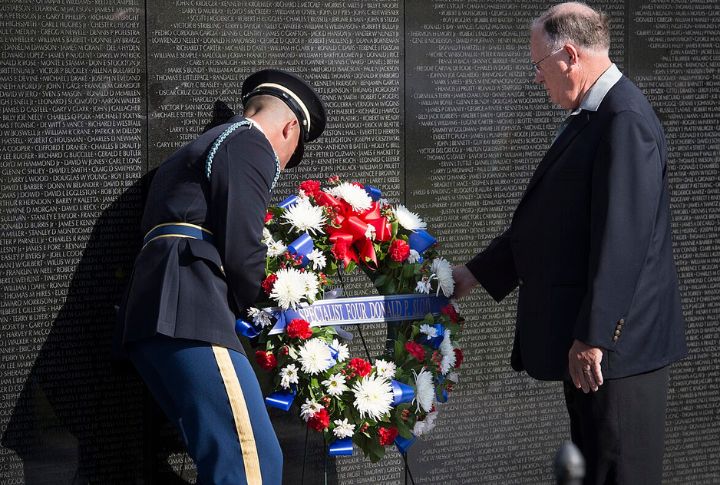
Numerous veterans’ organizations strongly objected to the parade’s overt political overtones. They argued the event overshadowed the fundamental values of the Army and called instead for a more solemn, dignified remembrance of service. Their critique reignited a critical debate about the most appropriate ways to honor military personnel and their sacrifices.
Social Media Erupts In Backlash

Controversies surrounding the parade quickly gained traction across social media platforms, with related topics trending widely. Viral posts highlighted perceived breaches of military neutrality, while misinformation spread rapidly, further fueling public debate. This online uproar clearly reflected the deep political divisions permeating society and amplified every contentious aspect of the event.

